Soups can come in various flavours, depending on the seasons and the vegetables you use. But there are some classics, like the tomato soup, you can have all year round. Here’s how to make your own!
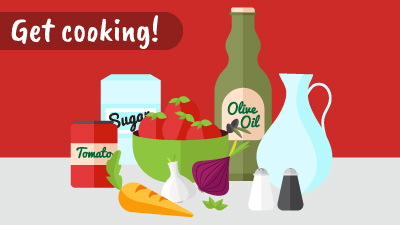
Tomato soup, is perhaps, one of the most classic of all soups. It’s simple to make and tastes amazing too. Here’s what you need to make this hearty starter to a meal.
Directions:
(Remember to use all the equipment with the assistance of an adult, especially the knives, stove and blender)
1. Pour the olive oil into a large heavy-based pan, heat over a low flame. Add onions.
2. Add the carrot and garlic to the pan. Stir with a wooden spoon. Cook till soft. This should take about 10 minutes. Stir so that it cooks evenly and don’t stick to the bottom of the pan.
3. In a large pot over high heat, add the tomato puree, chopped tomatoes, a pinch of sugar and onion-carrot-garlic mixture from the pan and cook for about 2-3 minutes.
4. To the mixture add the hot water. Add in the salt, pepper and about two bay leaves. Stir the mixture and cook.
5. Once the mixture starts to bubble, lower the heat and cover with a lid. Let it cook for another 25 minutes. Remember to stir occasionally.
6. When the tomatoes look slushy, Turn the heat off and remove the lid of the pot. Let the steam escape. Carefully remove the bay leaves. After the soup has cooled down, pour it into a blender and blend till it is smooth (stop every 30 seconds to check if it is ready).
7. Pour the puréed soup back into the pan and reheat it over a medium heat for a few minutes, stirring occasionally until you can see bubbles breaking gently on the surface. Taste a spoonful and add a pinch or two of salt or pepper if you think the soup needs it.
8. Pour into bowls and voila! your tomato soup is ready to be served.
Here’s a game to help you remember how this easy soup is made. Arrange the steps into the correct order.
The air quality has been decreasing in our country on a very rapid rate. Why is it so? Watch this video to find out.

When we talk about the environment, we mean everything that is around us. Living and non-living things, physical, chemical and other natural forces. But, thanks to the uncaring attitude of humans, our environment has suffered. The major problem is pollution. There are three kinds of pollution — land, water and air.
We have dumped waste in rivers, factories emit smoke into the air, we use non-bio degradable products and the list of our crimes against nature is long and tedious.
World Environment Day was celebrated on June 05. This year’s theme was ‘air pollution’. So today, let’s learn a bit about ‘air pollution’ through this video.
Presenting another fun quiz in the ‘Be a quiz master’ challenge series. Learn more, and try your hand at the quiz.

In February this year, we threw open a challenge for our readers — to become quiz masters and misses by creating their own quizzes. The responses were overwhelming.
Presenting the third quiz master in the series: Jyothikha, IX, Chettinad Vidyashram, Chennai, Tamil Nadu. Take this quiz and see how much you know about places and their sobriquets (a sobriquet is a nickname for something).
Visit Young World Club regularly for more quizzes created by the winners.
How well do you know about World War II? Take this quiz and find out.
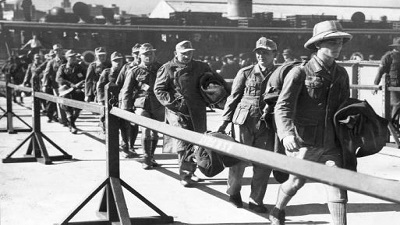
Just two decades after the end of World War I, World War II began in 1939 and ended in 1945. Being one of the major conflicts of the 20th century, World War II directly involved more than 100 million people from over 30 countries.
Take this quiz to test your knowledge on World War II.
Yoga does not require special skills or equipment. It keeps you active and balances your body, mind and soul. Play this memory game to get familiar with it…
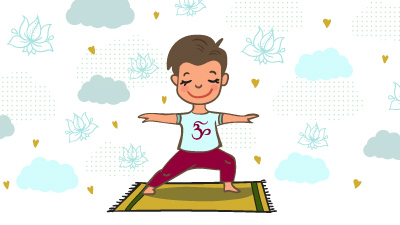
Yoga is the solution to many physical and emotional problems. It is the best way to bring a balance to your life.
Yoga improves your body balance, strength and aerobic capacity. It also helps reduce chronic pain — especially in the muscles, it improves the quality of your sleep, reduces stress, helps you focus and relieves anxiety.
Here are some simple asanas to get you started. But, it is best to begin with a certified teacher, so that you do not strain yourself.
Play this memory quiz and learn the benefits of each asanas.
The pollutants in the air take their toll not only on living organisms but even on buildings. Can you identify the five iconic Indian monuments that have deteriorated thanks to air pollution?
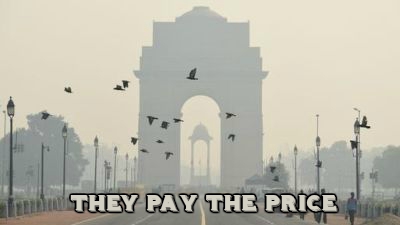
The impact of air pollution is not restricted to living organisms alone. It has been cited as one of the key factors causing the degradation of historical buildings and monuments. Pollutants in the air cause corrosion, discolouration and ultimately destruction of these priceless monuments. Built eons ago, these reminders of our cultural heritage are being eroded by smoke, smog and waste materials, that we create.
Here are five sites in India that have suffered the ignominy of ill-usage. Can you identify them?
How sharp is your knowledge about the environment? Be a whiz kid and find answers to these questions.

Our planet is in danger and we need to protect it. The first step towards protecting our Mother Earth would be to get some knowledge about the important facts related to environment.
With World Environment Day having been on June 5, here are some questions for you which are related to environmental issues. Let’s see how quickly you can answer them.
Check your element quotient with this interactive quiz about the different chemical elements. How well do you think you can do?

You must be aware that an element is a substance that cannot be broken down into any other substance and that each element is made entirely of one kind of atom. There are as many as 118 chemical elements identified so far. While most of them are metals, some are non-metals and a few are metalloids. Take this quiz to check your element quotient.
Photos: The Hindu, Reuters, Wikimedia Commons & Pixabay
Find out how Manchester City became the first team in English men’s football to win all three domestic titles on offer this season.

On Saturday, May 18, 2019, Manchester City, commonly known as Man City, defeated Watford in the final to claim the FA Cup.
Having already won the League Cup and the English Premier League title, the FA Cup victory completed a stunning treble – the first ever domestic treble achieved in English men’s football. A treble is achieved when a football club wins three trophies in a single season, which is no easy task!
Move the slider to find out how Manchester City achieved such domestic dominance this season…
Photos: REUTERS
May 24 was Commonwealth Day. Do you know what the Commonwealth is? It’s kind of like a big family of diverse nations. Read on to learn more.
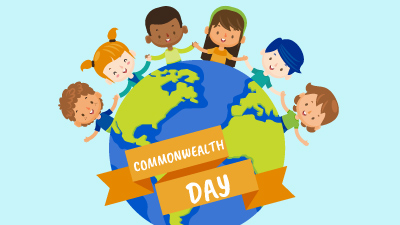
The Commonwealth of Nations is more popularly known as the Commonwealth. It is a unique political association of 53 member countries and nearly all of them were former territories of the British Empire. The head of the Commonwealth is Queen Elizabeth II although she doesn’t have any actual political power over any of the nations and the headquarters is the Marlborough House in London, the U.K.
May 24 is observed as Commonwealth Day in some of the Commonwealth nations like India. It was formerly known as ‘Empire Day’ and also the birth anniversary of Queen Victoria. The official Commonwealth Day, however, is observed on the second Monday of March every year.
This year marks the 70th anniversary of the formation of the Commonwealth and the theme for 2019 is ‘A Connected Commonwealth’, which offers opportunities for the people, governments and institutions of this richly diverse family of nations to connect and work together at many levels through far-reaching and deep-rooted networks of friendship and goodwill.
You might have heard of ‘The Commonwealth Games’. These are kind of similar to the Olympics but only the nations that are part of the Commonwealth can take part. It also takes place every four years and the first Games was held in 1930 in Hamilton, Canada, and the most recent one took place in 2018 at the Gold Coast, Australia. The next Commonwealth Games will be held in Birmingham, England in 2022.
Slide through the images below to get a better idea of the Commonwealth and answer the questions that follow.









